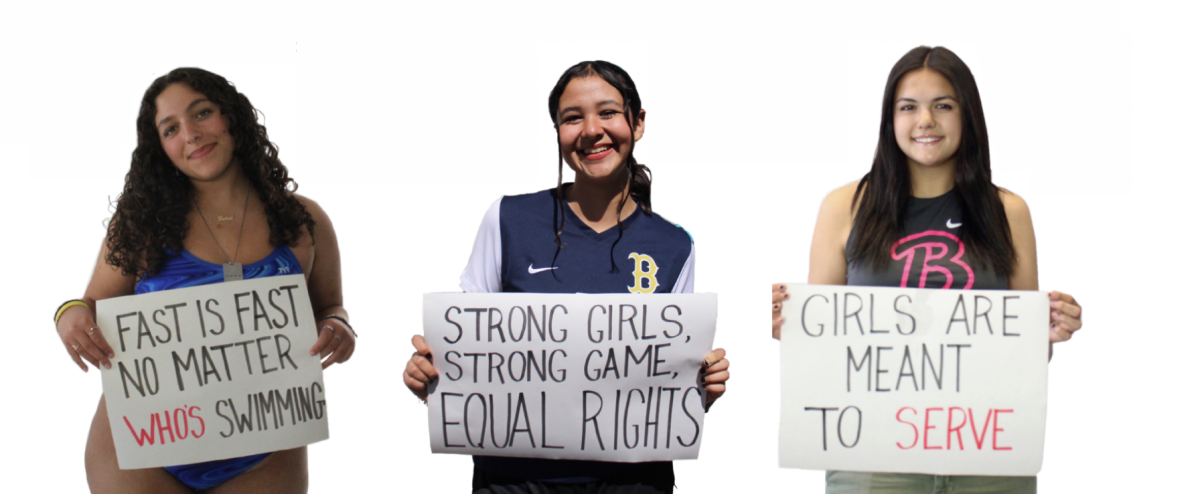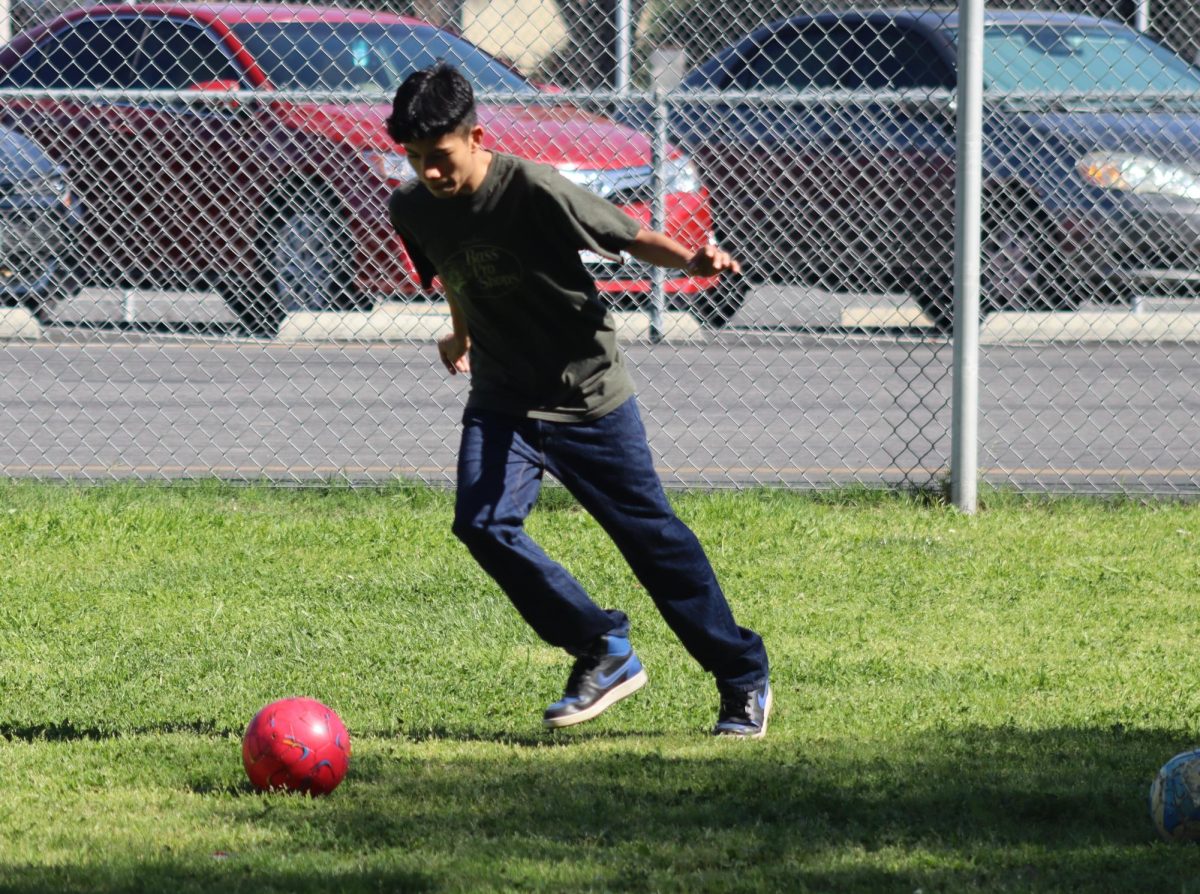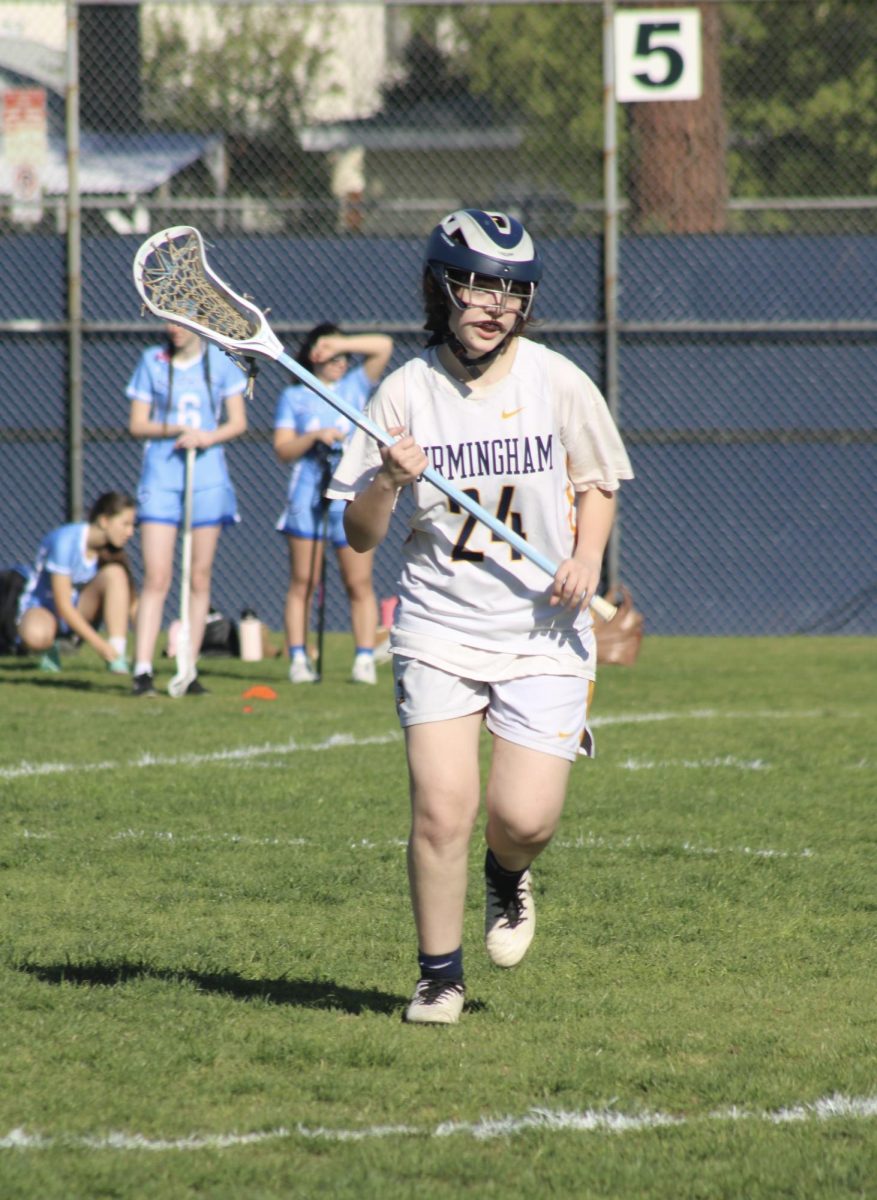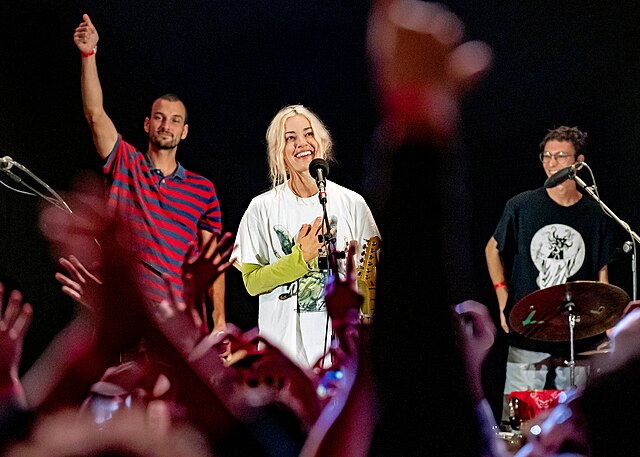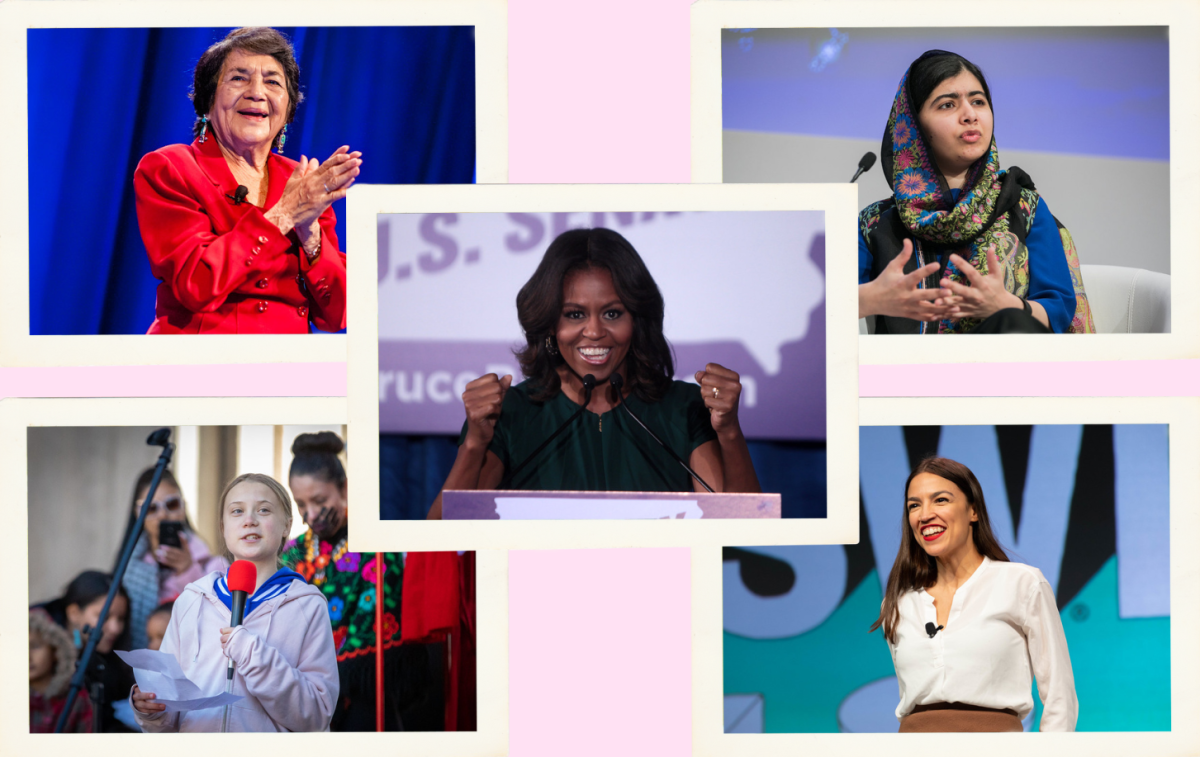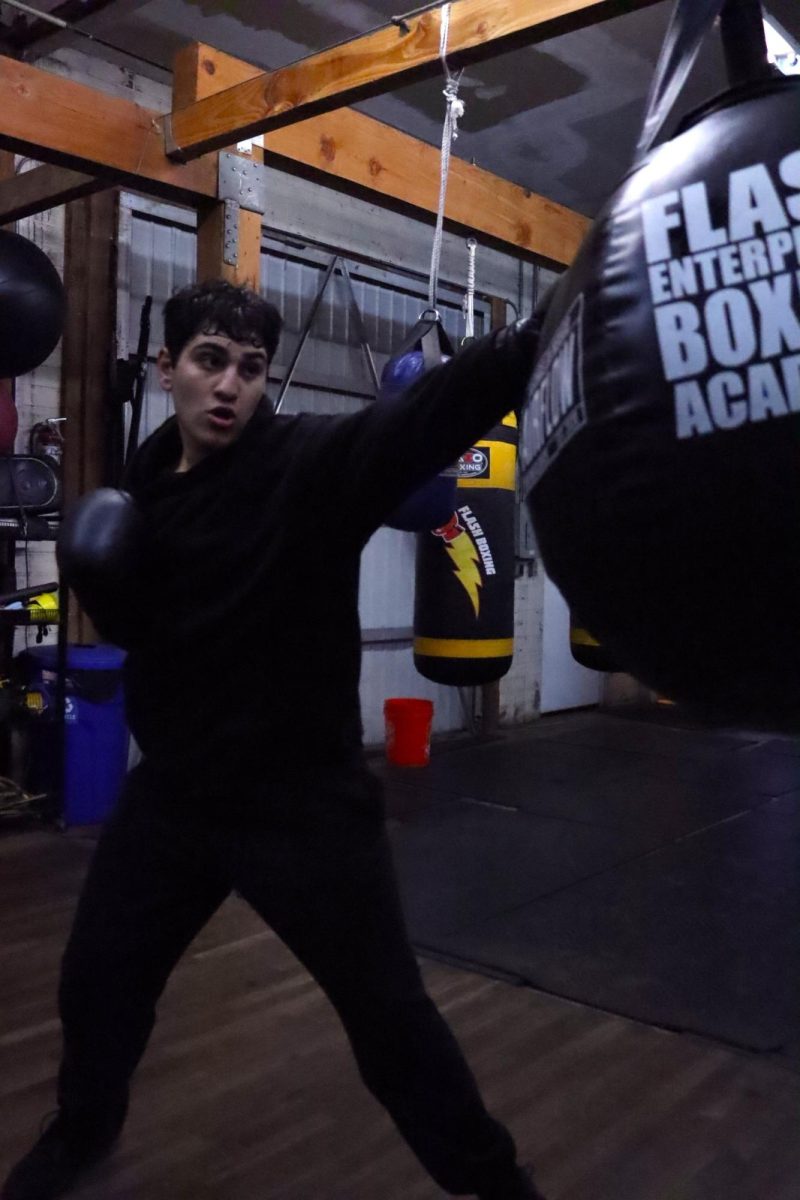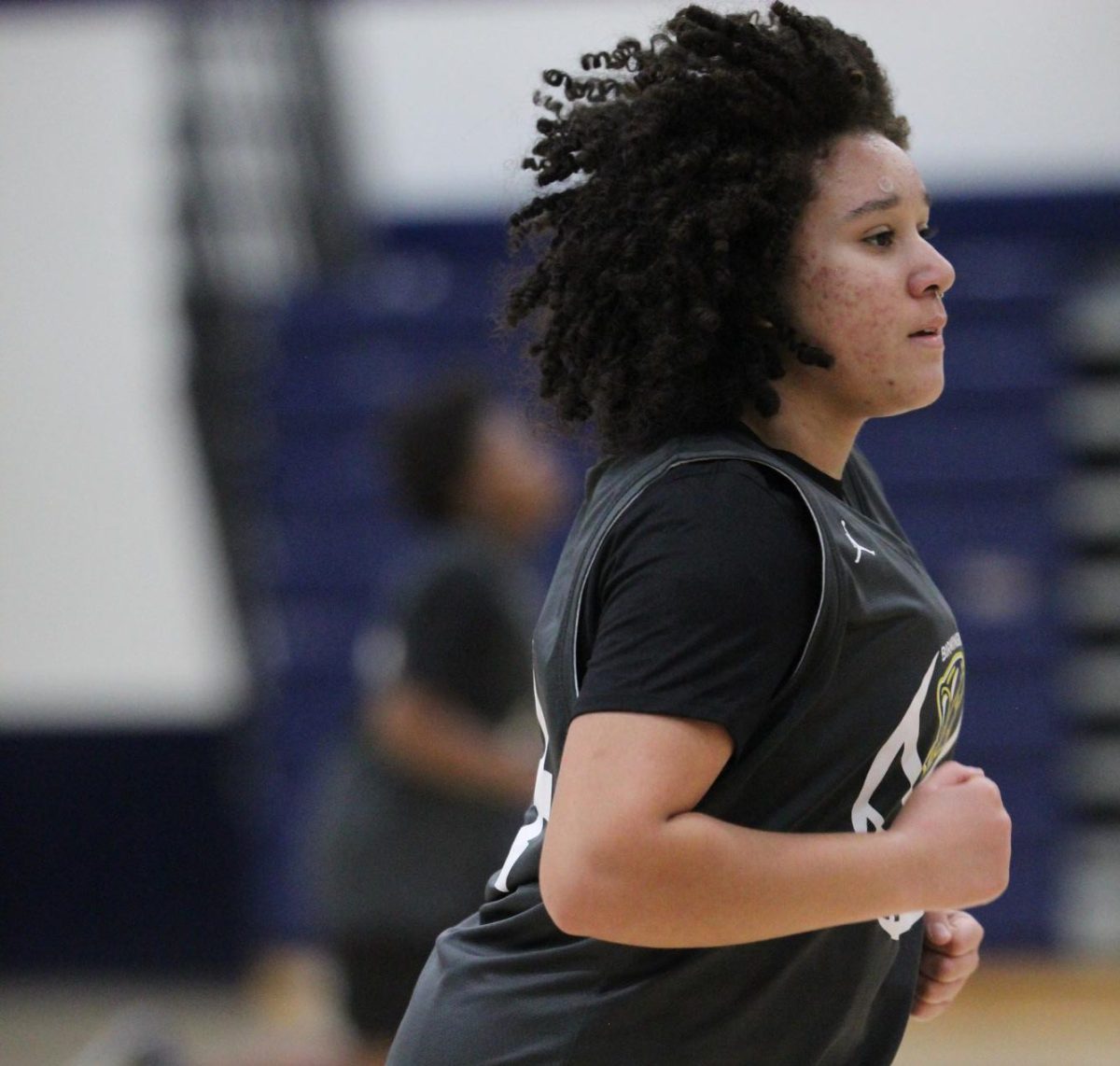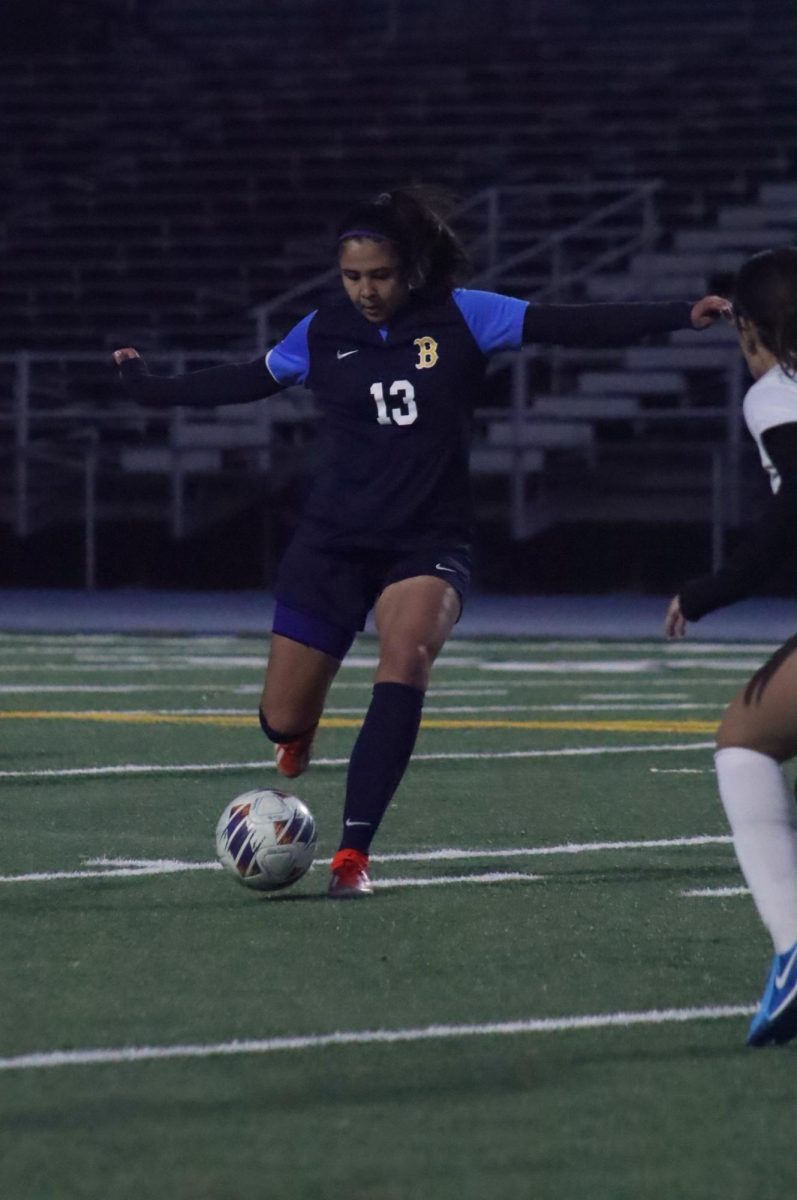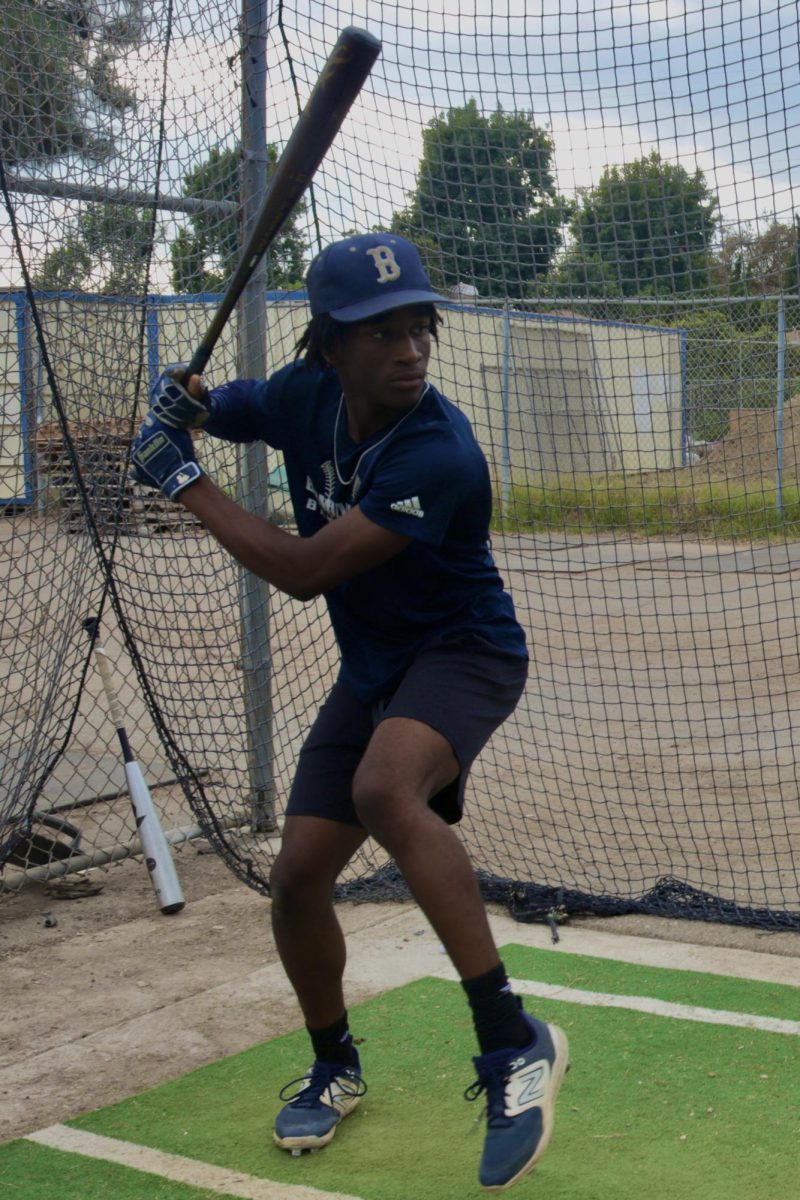Sophomore Marianna Alvarez-Patino, who plays on the Birmingham Community Charter High School (BCCHS) junior varsity (JV) girl’s soccer team, has faced gender inequality in her everyday life as a female athlete.
“I was playing with a group of guys and we were picking teams and they didn’t even try to choose me since they thought I was a bad player,” Alvarez-Patino said as she remembered this negative experience while being part of her first soccer team when she was nine years old. “I thought this was so unfair but I quickly proved to them that I was a better player than they thought.”
For years, sports have been known as a predominately male-dominated field. However, this idea of male athletes being more ideal stems from the misogynistic stereotypes placed on women, discouraging them from becoming female athletes.
According to the National Women’s History Museum, as early as the nineteenth century, women were commonly frowned upon for participating in sports due to the lack of femininity it displayed and how becoming an athlete wasn’t a woman’s proper role but instead a mother. As this restriction toward women occurred, men’s sports became increasingly popular and have continued to grow ever since.
Although male athletes have had such tremendous growth in popularity over the past years, it hasn’t been the same with female athletes. Compared to men’s participation in sports, women’s participation has historically been significantly lower than men’s. According to the Women’s Sports Foundation, statistics reveal that female athletes tend to drop out of sports by the age of 14 at two times the rate of male athletes due to factors that mainly affect female athletes. Some of these factors that lower women’s participation in sports are a lack of access and opportunities compared to male athletes, a lack of positive role models in women’s sports and the social stigma concerning gender inequality.
Despite these challenges and factors that Alvarez-Patino and other female athletes face, they don’t let it get to them and it only pushes them to keep going to oppose this stigma. According to Project Play, a recent trend this past year is the increase in female athletic participation and the decrease in male athletic participation, stating that this is the highest participation rate for female athletes since 2013. Many believe that this exponential growth in interest is thanks to Title IX.
Title IX is a federal civil rights law that provides students, regardless of gender, equal access to any program or activity that receives federal financial assistance, including sports in schools. According to Sportanddev, from post-implementation of Title IX, it’s reported that 41% of girls in high school participated in a sport while before it was only 7%, displaying a prominent growth of participation stemming from women. Junior Leeron Nakash, who plays on the BCCHS varsity girl’s swim team, recently developed a new interest in sports despite not being interested in one before.
“I really wanted to do something that kept me active because, with a lot of classes in junior year, it was hard to find time to go to the gym and be active,” Nakash said. “I was interested in swimming for a long time and this year, I decided to take up on that.”
This increase in female interest towards sports has reached students at Daniel Pearl Magnet High School. As of this school year, the ratio of female to male athletes is 13:7, which means that participation by female athletes is twice as much as male athletes. Freshman Farrah Marquez, who plays on the BCCHS backup varsity girl’s wrestling team, was surprised to know this statistic.
“I didn’t know that but that’s really good,” Marquez said. “I’m proud that girls want to participate more in sports and I think that it’s pretty cool.”
There is remaining work to be done concerning women participating in sports with negative attitudes still present. According to the Women’s Sports Foundation, 32.2% of parents believe boys are better than girls at sports. However, the substantial growth of interest in sports expressed by women along with the increased amount of opportunities demonstrates how women’s sports have been able to become inclusive and open to female athletes for future endeavors.
“I want to be able to inspire other women to be like what I thought I couldn’t be,” Marquez said. “Not only other women but also for me, so I can be like, wow, I did that.”


